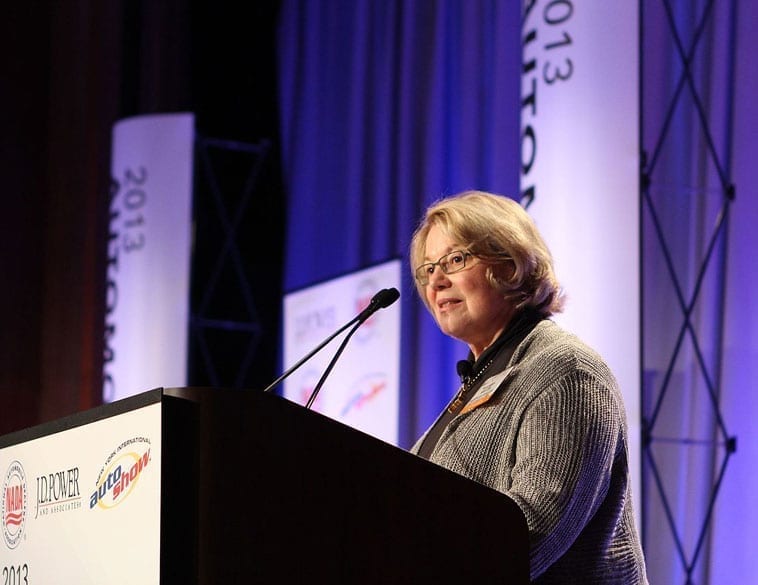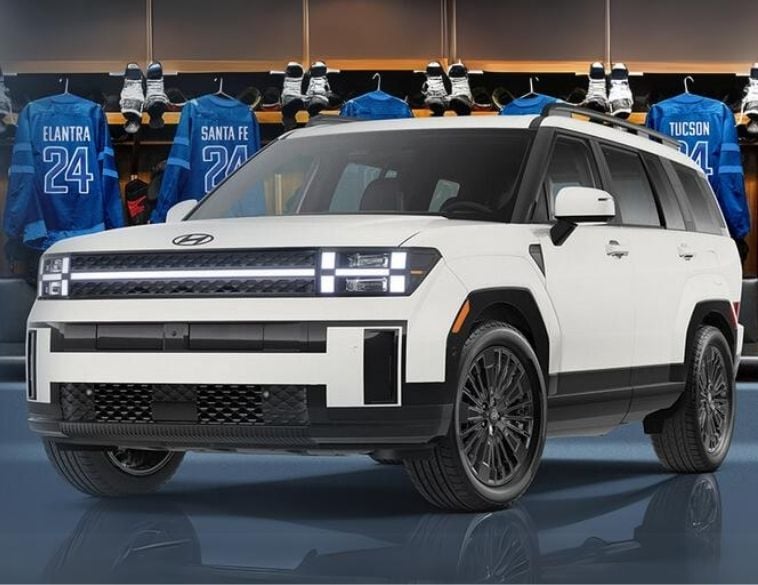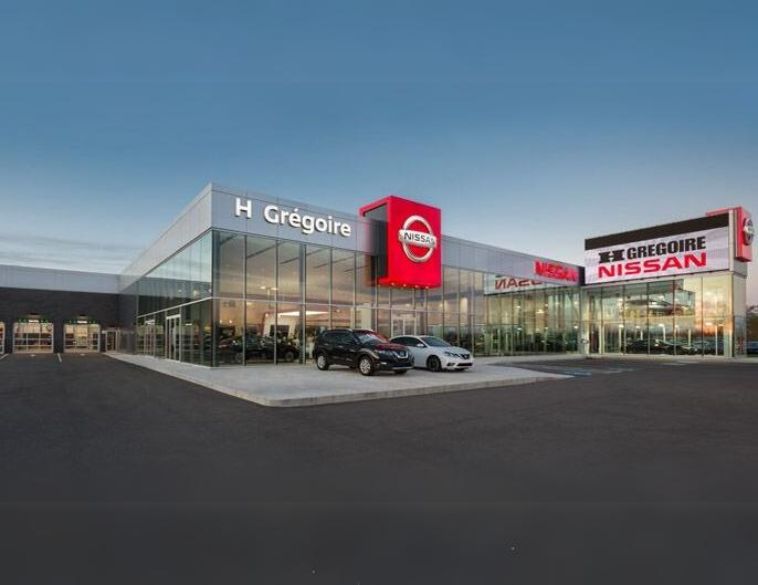While the COVID-19 has created a raft of challenges, it is also likely to present some good opportunities for dealers.
There’s no question that when the COVID-19 pandemic hit our shores, it did so with the force of a tsunami. The novel coronavirus, which causes the disease, quickly spread through communities, forcing provincial and state governments in both Canada and the U.S. to introduce drastic measures to contain the spread.
As a result, many businesses were forced to close with only essential services allowed to remain operational. For the auto industry, it resulted in a difficult situation. While most service repair facilities including dealer service departments and most collision centres remained open, showrooms were forced to close and many OEMs suspended vehicle production at their assembly plants to help contain the spread.
Many questions
Two months into the pandemic, dealers still have many questions. To help provide answers, Templeton Marsh hosted a series of webinars focused on COVID-19 that provided insight from industry experts into some of the trends that are currently altering the automotive landscape and how dealers can position themselves to weather the rough waters ahead.
On May 7, the third of these webinars, entitled Pandemic—Yes There is Light at the End of the Tunnel, took place at 2 pm Eastern Daylight Time, in which Templeton Marsh Managing Partner Samir Akhavan introduced attendees to legendary automotive industry analyst Maryann Keller.
Keller, who is currently Principal at Keller and Associates, a consultancy firm she founded in 2000, following a long career as one of the first female auto industry analysts on Wall Street, presented some extremely insightful findings about the current state of the industry and where things are likely headed in the coming months and years.
Keller noted that at present, there is still a great deal of uncertainty and even though some jurisdictions are taking steps to start opening up the economy, there is still a very real chance a second wave of COVID-19 could hit before the year.
Keller said it was important to understand that the dynamics of the current economic situation are very different than the Great Recession in 2008-09. “Back then, it was the financial sector of the U.S. that really misbehaved and caused a severe downturn. This is different. It is not a financially created recession, but a global one,” she stated.
Economies intertwined
An increasing shift toward globalization in the past two decades has meant that when one region of the world sneezes, others catch a cold. Economies in different countries are intertwined like never before.
Record jobless claims in both Canada and the U.S. have drawn alarm, but as Keller noted, perhaps a bigger issue is what happens to businesses when government emergency measures are curtailed? Will more businesses struggle to keep their employees? Will more of them have to close their doors for good?
While some pundits are predicting a V-shaped recovery once lockdown measures really start to be lifted, Keller and many others believed that growth will be more protracted. “I’m firmly in the U-shaped recovery camp,” she said.
She noted that some of the hardest hit industries, including the airline and leisure sectors could take years to recover while others, like the automotive space are expected to recover faster.
That being said, a number of challenges remain both for vehicle OEMs and the franchise dealer networks they partner with.
For OEMs, a key issue right now is liquidity. The more cash an automaker has available, the better they will likely ride out the storm. That being said, COVID-19 has caused an abrupt change in strategy for the industry as a whole.
Keller and many industry analysts believe that costly electric vehicle and autonomous technology projects will likely end up on the backburner at least for the foreseeable future as automakers look to strengthen their balance sheets.
This means job cuts are likely and all, but essential investment spending will be limited. Yet on the flip side, we appear to be entering a new era of cooperation between OEMs and dealers. Keller pointed to the fact that many OEMs are currently providing forbearance on loans and floorplan financing as well as extending warranty periods, as exemplified by Porsche Canada’s recent announcement.
Vehicle sales trends
In terms of vehicle sales, some interesting trends have emerged. Keller notes that during April, pickup sales in North America mushroomed, aided by generous financing options that included interest free loans of up to 84 months with the first three months free. As a result, many dealers have been running short of pickup truck inventory.
I talked to one dealer and he had no trucks left, another, a CEO of a big national dealership chain in the U.S., said he had just two weeks inventory available.
— Maryann Keller, Principal, Keller and Associates
Moving forward, a shortage of inventory, whether its trucks, cars or SUVs, could pose a problem for some dealers, as many OEMs shut down their vehicle assembly plants as a result of COVID-19 and are only now just starting to gear up again.
There are a few manufacturers however that have continued to keep the pipelines open, which has led to many dealers asking the question of whether they should try and grab as many vehicles as they can now, even if they are being pressured by OEMs, or try and sit things out and wait till the economy recovers. The trouble is, nobody knows how long it will be until things pick up again.
Another problem, notes Keller, is that if dealers try to stock up on inventory now and aren’t able to sell it, they might have trouble shifting it, as consumers may be reluctant to purchase 2020 model year vehicles in a few months’ time, even if they have zero mileage.
Parts shortages
There’s also the issue of parts shortages. “The most insignificant part in the world can prevent a vehicle from being sold,” said Keller, who noted that given that many parts for North American market vehicles currently come from China and Mexico, shutdowns in these countries have delayed parts shipments. Mexico, which is still under full lockdown, has also seen parts manufacturing and export significantly curtailed.
And when the OEMs do re-start vehicle assembly, how many shifts will they operate? “Hyundai and Kia have indicated they will only do one shift per day in their Alabama and Georgia plants,” said Keller, “and that plus the fact you’ve got broken supply chains means that we are probably going to be well under capacity for a long time—probably into the third quarter this year.”
So, will dealers run out of cars to sell? It’s a complex question, exacerbated by the fact that while there is a risk that new vehicle inventories will run low for the next few months, the COVID-19 pandemic will likely see a glut of used cars entering the market, especially as an estimated 4 million vehicles come off lease in June, July, August and September.
To help deal with this flood of used vehicles, Keller noted that some captive lenders are allowing consumers to extend their leases by up to six months in order to push these vehicles out of the peak supply period in the summer.
In other scenarios, consumers could see an increase in deals on CPO vehicles as dealers and lenders try to sweeten the pot by offering extremely attractive financing rates on certified pre-owned cars and trucks, again, all in an effort to try and reduce a glut of used cars on the market.
A flood of used cars isn’t likely to help the OEMs, especially as so many vehicles on the market at once is expected to further negatively impact used car prices—in fact, the situation is causing the postponement of repossessions, since banks and lenders don’t want to re-possess cars whose owners are delinquent on the their loans—quite simply because there is nowhere for these cars to go at present, except auctions, where they will likely sit around for months with no buyers.
Used car benefits
Yet there are benefits to a swell in used car inventory. Keller remarked that savvy dealers could take advantage of this situation by offering more affordable cars, perhaps to consumers who might not have considered a CPO vehicle previously or even those consumers looking for decent, basic, personal transportation. Doing so could provide dealers the opportunity to cultivate new buyers and build long-term brand loyalty.
Additionally, another issue resulting from COVID-19 is the fact that public transportation likely faces a long, uphill battle to regain riders, meaning that many transit and rideshare users will flock to private car ownership, at least for the short and medium term which means more sales and service opportunities for dealers.
Other behavioural changes resulting from the pandemic include the shift toward a more digital overall buying and servicing experience. This includes vehicle pickup and delivery services, as well as integrating F&I as part of the online transaction and moving it further up the sales funnel, plus contactless payments and new strategies for getting consumers to sign loan agreements.
Here, Keller believes dealers can make significant inroads against not only startup automakers like Tesla with their factory stores, but technology based third-party companies such as Carvana, that provide vehicle delivery services.
Keller notes that such companies often have mixed to negative consumer reviews, meaning savvy dealers with considerable experience in cultivating a superior purchase and ownership experience have a real opportunity to not only compete, but raise the benchmark in this sector.
Revisiting business plans
Shifting from vehicles to business operations, much like the OEMs, Keller says dealers are likely to revisit both their strategic and tactical plans over the coming months (if they haven’t already). Staff numbers at many stores are likely to be paired back, especially as wary consumers look to minimize physical contact during the vehicle purchase and service experience.
Additionally, dealers will look to hire or invest in staff that are able to effectively communicate with consumers in the online space and cater to their needs in this brave new, COVID-19 environment.
Keller noted that in terms of utilizing online sales channels and digital technology, for dealers, it’s a question of what really works for their exact needs and in turn looking to vendors that actually understand their specific requirements.
Another question that frequently comes up concerns store and brand valuations and whether it is a good time to consider buying or selling a dealership. Keller said that valuations have declined since the start of the pandemic and are likely to do so for the foreseeable future. As a result, there are many potential buyers currently waiting in the wings to see what happens.
This could result in more of a buyer’s market with potential bidders being a lot more selective about the automotive brands they choose to invest in. While some benchmarks, notably high-volume Japanese and Korean brands like Toyota, Hyundai and Kia are likely to perform well in the coming months, dealers thinking of purchasing will need to closely look at market trends and consumer spending to determine whether they should take the plunge or not.
The future of EVs
As for electric vehicles, the media darling prior to COVID-19, cheap fuel and more frugal consumer spending is likely to put a significant damper on EV sales and cash strapped governments are unlikely to offer incentives in the near term. Keller expects that legislation in some countries that aimed to ban internal combustion engine sales is also likely to be rolled back. Even used battery electrics aren’t expected to fare well long-term.
“EVs are a relatively young product and residual values are unpredictable,” said Keller. She noted that a good, conventional used car if maintained, can easily cover 200,000 miles while an equivalent battery electric will start to show its age at 100,000 miles.
And by that point, the residual value is likely low enough that it won’t justify the cost of replacing the battery, something important to consider as the North American vehicle fleet continues to age, and post COVID-19, many consumers look for cheap, practical and reliable transportation.



